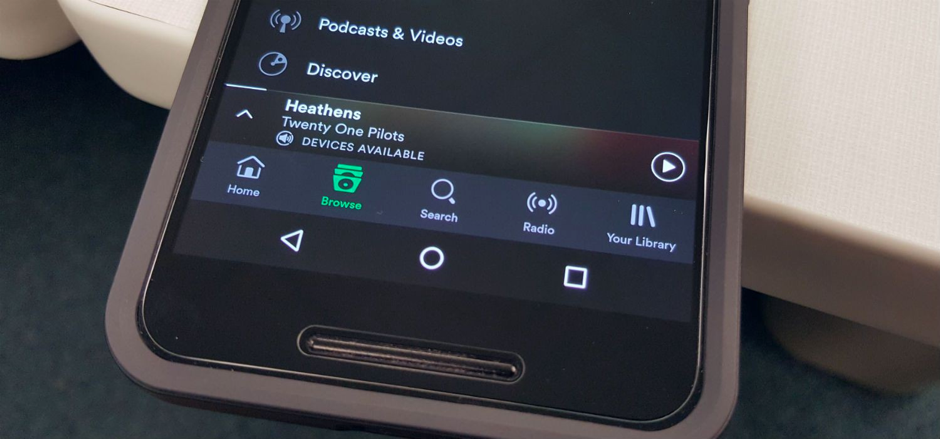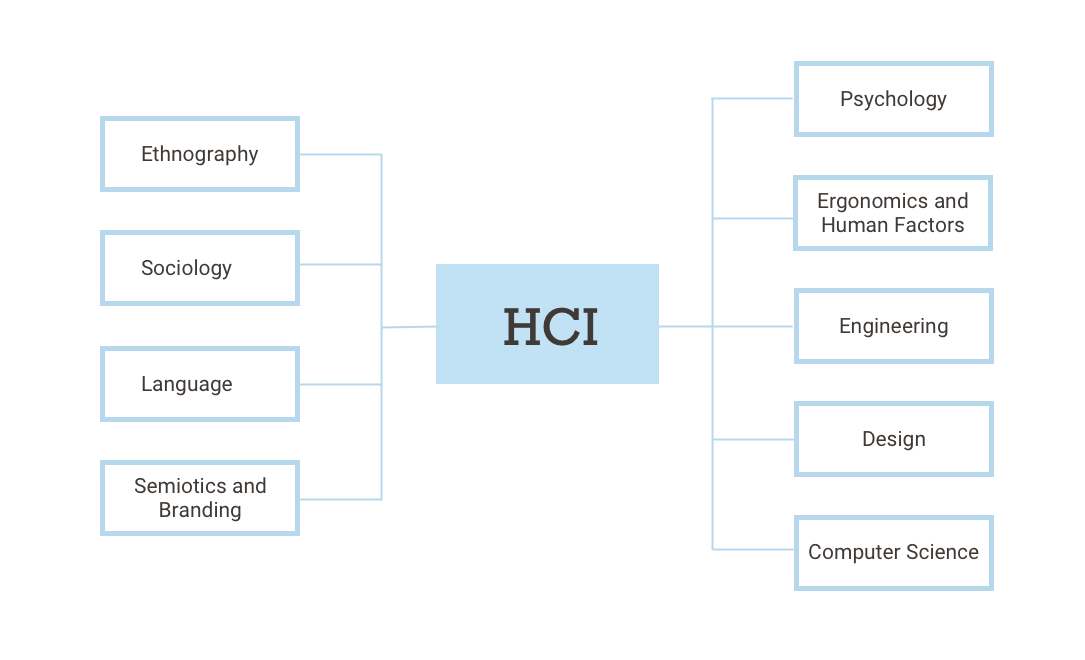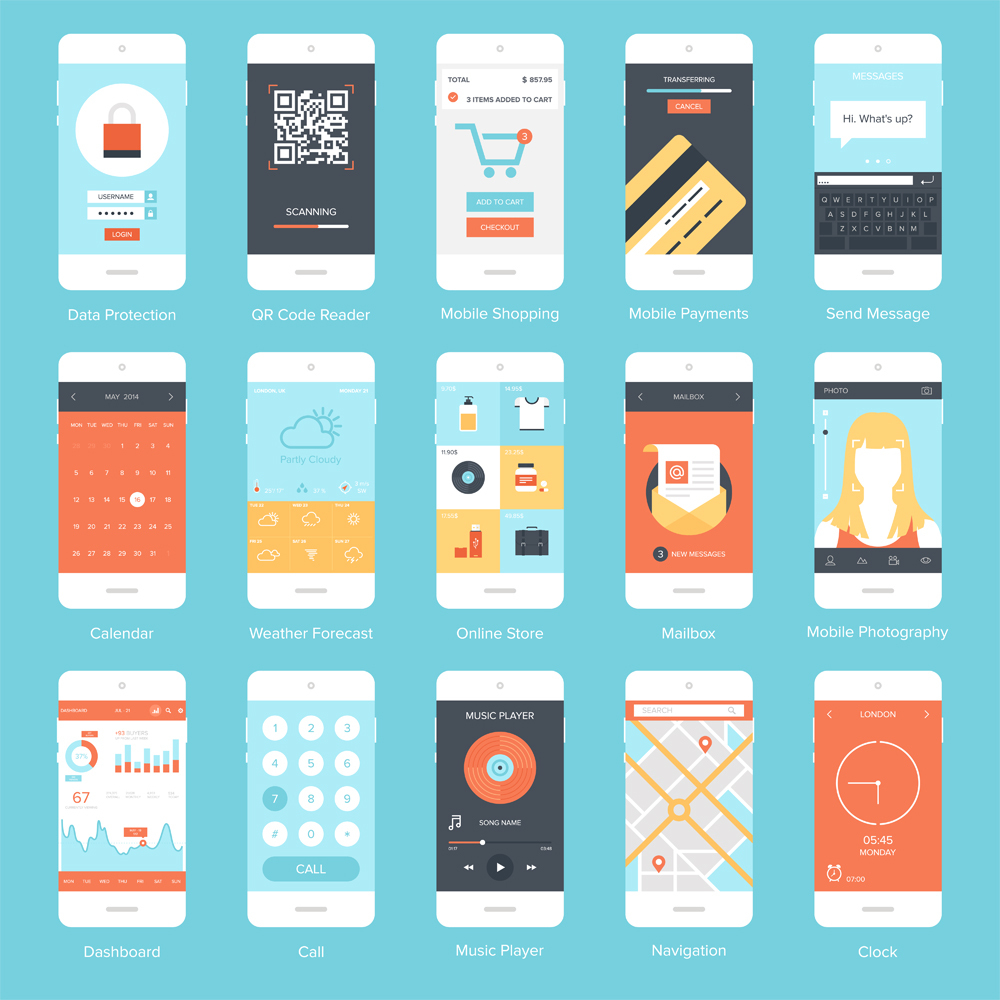
Website design ideas can change all the time. If you are stuck with a website that is stale or ineffective, consider some of the following tips to help you design a better site.
To start, gather inspiration from your surroundings. To get new perspectives on the design of your site, go to nature or to a park. You will feel more relaxed and positive. You may even find some tips or resources that will make your job easier.
Another source of inspiration for web design is the design community. Many websites are built on the ideas of other designers. Be sure to check out the designs of the top graphic designers and illustrators. These websites offer many ways to combine color, fonts and images to create a stunning site.
Behance, another great resource, is also a great source for inspiration. Behance allows you to see the work of different designers. This website offers creative people a digital platform, as well as inspiring examples and tutorials.

Systematic thinking is the best way to create a website that works. You should first think about what you are trying to achieve and then plan your steps. Don't forget that you don’t necessarily need to create a whole new website. Sometimes, you can even take an existing design, and modify it to make a unique solution.
It is a great way to see other sites doing the same thing as yours. While one site may be an outstanding example of visual design and another a great example of interactivity, the two can help you see your site from a different perspective. By finding these different approaches, you can better understand your own site's strengths and weaknesses.
Look at the work of others to avoid a web design deadlock. You can look at other websites within your niche to see what they are doing. Or, if you are designing an email marketing campaign, take a look at the latest email designs. The more you learn about how other companies use these technologies, the better your chances of coming up w/ a better idea.
Once you've determined the needs of your website, you can start to create a list of ideas that will help you build a functional and attractive website. These are some of our most popular web design ideas that will inspire you.
Andy Warhol's website provides a great example of how to create a creative site. It features large, bold text with subtle animations. He also designed a cursor to reverse the text's colors.

Another example of an animated interaction is the Heart of Travel website. To illustrate the flight paths, the design makes use of the shapes taken by customers to create the design. To create a sense of evocativeness, the Tej Chanhan homepage uses a sliding black-and white illustration.
Many websites offer inspiration and website design ideas, regardless of whether you are looking for an eCommerce website or a blog. You can also find cutting-edge marketing tips on many websites. Some of the best sources include Pttrns, Land-book, and Siteinspire.
FAQ
What is a responsive design web design?
Responsive Web Design, also known as RWD, is a way of designing websites so that content displays on all devices. This includes desktop computers, tablets (tablets), smartphones, etc. This allows visitors to view the website on one device and access other features like buttons, navigation menus, etc. RWD's goal is to ensure that users view the exact same version of a website on every screen size.
If you are building a website to sell products primarily via eCommerce, then you want to make sure that customers can purchase items from your store even if they view it on their smartphones.
A responsive site will adapt to the device used to view it. A website that is viewed on your laptop will display the same way as a desktop website. However, if you're viewing the page on your phone, it will display differently.
This allows you to create one website that works on all devices.
Do I need a portfolio to get hired as a web designer?
Yes. A portfolio is essential when landing a web designer or developer job. Portfolios should showcase examples of your skillsets and experience.
Portfolios typically include examples of past projects. You can include anything that demonstrates your skills. Your portfolio should include everything from mockups, wireframes, logos, brochures, websites, and even apps.
Do I hire a web design firm or do it myself.
If you want to save cash, don't pay for web designer services. But if you want quality results, then hiring someone else to create your website may not be worth the cost.
The truth is, there are many different ways to build websites from scratch without the need for expensive professional designers.
If you're willing, you can learn how you can make a site that is beautiful using free tools like Dreamweaver.
It is possible to outsource your project to a freelance web developer, who will charge by the hour rather than per-project.
How Much Does It Cost to Make An Ecommerce Site?
It depends on the platform you choose and whether you use a freelancer to build your site or hire a service provider. Most eCommerce sites start at around $1,000.
You can expect to pay between $5000 and $10,000 for a platform once you have decided.
If you're planning on using a template, you probably won't pay more than $5,000. This includes any customizations that you might need to suit your brand.
Can I build my website using HTML & CSS?
Yes! If you've followed the steps, you should now be able create your website.
You're now familiar with the basics of creating a website structure. However, you must also learn HTML and CSS Coding.
HTML stands for HyperText Markup Language. Think of it like writing a recipe for a dish. It would include ingredients, instructions, as well as directions. Similarly, HTML tells a computer which parts of text appear bold, italicized, underlined, or linked to another part of the document. It's the language for documents.
CSS stands for Cascading Style Sheets. Think of it like a style sheet for recipes. Instead of listing each ingredient and instructing, you can write down general guidelines for font sizes, colors and spacing.
HTML tells the browser what HTML is and CSS tells it how.
Don't worry if you don't know the meaning of either one of these terms. Follow the tutorials and you will soon be creating beautiful websites.
How do I create my own website?
It depends on what type of website you want to create. Do you want to sell online products, start a blog, build a portfolio, or both?
A combination of HyperText Markup Language, Cascading Stil Sheets and HTML can create an essential website. Although HTML and CSS are possible to create a website, most web developers recommend using WYSIWYG editors such as Frontpage or Dreamweaver.
Hire a freelance web developer if your skills are not in-depth. They can help create a custom website for you based on your requirements.
A freelance developer can charge you a flat fee per project or hourly rate. It all depends on how much work they do in a set timeframe.
For example, companies may charge 50-100 dollars an hour. Higher rates will be charged for larger projects.
Many freelance websites also list open jobs. You can also search on those websites before you reach out to developers.
Statistics
- It's estimated that in 2022, over 2.14 billion people will purchase goods and services online. (wix.com)
- At this point, it's important to note that just because a web trend is current, it doesn't mean it's necessarily right for you.48% of people cite design as the most important factor of a website, (websitebuilderexpert.com)
- In fact, according to Color Matters, a signature color can boost brand recognition by 80%. There's a lot of psychology behind people's perception of color, so it's important to understand how it's used with your industry. (websitebuilderexpert.com)
- When choosing your website color scheme, a general rule is to limit yourself to three shades: one primary color (60% of the mix), one secondary color (30%), and one accent color (10%). (wix.com)
- It's estimated that chatbots could reduce this by 30%. Gone are the days when chatbots were mere gimmicks – now, they're becoming ever more essential to customer-facing services. (websitebuilderexpert.com)
External Links
How To
What is website Hosting?
Website hosting is the location where people go when they visit websites. There are two types:
-
The cheapest option is shared hosting. Your website files reside in a server managed by another company. Customers visit your website and send their requests over the Internet to this server. You then receive the request from the owner of the server.
-
Dedicated hosting: This is the most costly option. Your website resides entirely on one server. Your traffic stays private as no other websites can share the same server.
Shared hosting is cheaper than dedicated hosting for most businesses. When you use shared hosting, the company that hosts the server gives you the resources to run your site.
However, both have their advantages and disadvantages. Here are the differences:
Sharing Hosting Pros
-
Lower Cost
-
Easy to Set Up
-
Regular Updates
-
It can be found on many web hosting companies
Hosting shared can be as low as $10 per month. This price often includes bandwidth. Bandwidth refers the data that you can transfer over the Internet. So even if you only upload photos to your blog, you may still pay extra money for high amounts of data transferred through your account.
You will quickly see why you paid so much for your former host once you have started. Most shared hosts have very poor customer support. Although their techs may help you with setting up your site, it's not a common practice.
Providers that offer 24-hour customer support are worth looking into. They'll take care of any issues that come up while you sleep.
Cons of dedicated hosting
-
More Expensive
-
Less common
-
Requires special skills
With dedicated hosting you will have everything you need to manage your website. You won't have worry about whether your website is using enough bandwidth, or whether it has enough RAM (random-access memory).
This means you will need to spend more upfront. However, once your business goes online, you'll discover that you don’t need as much technical support. You will become an expert in managing your servers.
Which Is Better For My Business, So Which Is Better?
The answer will depend on the type and purpose of your website. If you are selling products, shared hosting may be the best option. It is easy to set-up and manage. And since you're sharing a server with many other sites, you'll likely receive frequent updates.
However, dedicated hosting can be a great option if you're looking to build a community around the brand. You can put your efforts into building your brand, and not worry about how to handle your traffic.
If you're looking for a web host that offers both options, we recommend Bluehost.com. They offer unlimited data transfers per month, 24/7 support and free domain registration.